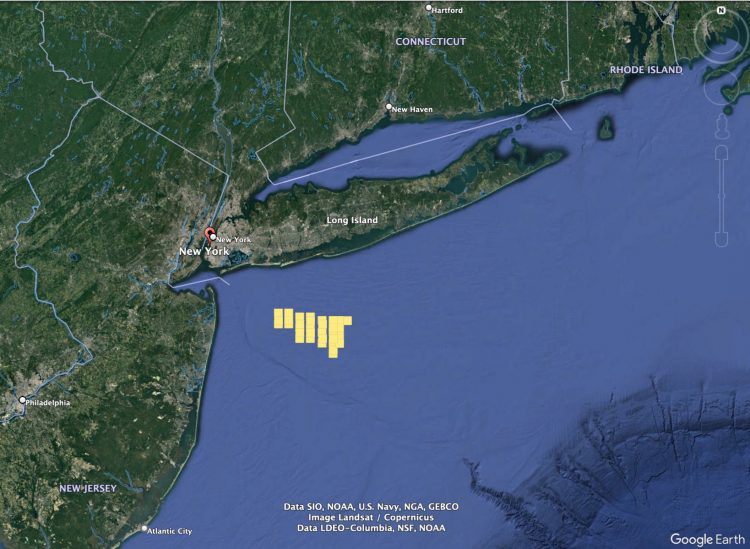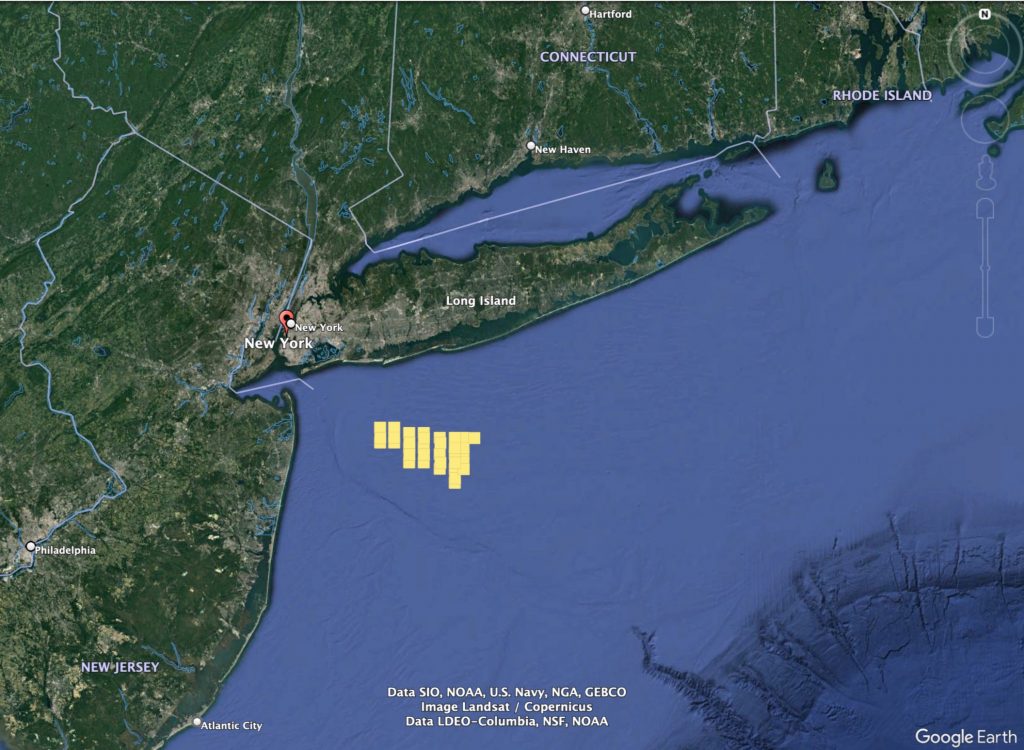Environment
Short Takes
Georgia’s new data center rule increases local controlDecember 1, 2025

By David Pendered
The EPA has cited a shortage of details in a draft federal statement regarding a planned wind farm off the New York coast as debate emerges over the use of the ocean to address climate change.
Meantime, four agencies of the state of New York have issued their responses to the federal statement. In a letter, the agencies note their comments “continue to be supportive of responsible offshore wind development off New York and the timely completion of [federal] environmental reviews.”

These two responses, both dated Jan. 17, join those of environmental groups, including Clean Ocean Action, New Jersey’s League of Conservation Voters and the commercial fishing industry in the high stakes debate over the future of wind farms in New England and this project off the coasts of New York and New Jersey.
BP and Equinor, a Norwegian state-owned multinational energy company, intend to design, build and operate the wind farm off the coast of Long Island under a partnership named Empire Wind.
This wind farm is to consist of up to 147 turbines in two wind farms. The turbines are to be supported by up to two offshore substations and two cable routes to bring the energy ashore. Onshore components include up to three cable landfall areas in New York and two onshore substations, according to a the draft environment impact statement that was referenced in a Nov. 22, 2022 posting in the Federal Registry by the federal Bureau of Ocean Energy Management.
Among the comments cited in responses from EPA and New York:
The political stakes are as high as the financial stakes, for both the Biden and New York administrations.
Wind energy is a key component of the Biden administration’s pledges to decarbonize the electric grid by 2035 and reach net-zero carbon emissions by 2050. In addition, leases for offshore wind farm have proven to be lucrative for the government. For New York, the state is counting this wind farm to generate 2 gigawatts of the state’s objective to generate 9 gigawatts in offshore wind production by 2035, as part of the state’s planned reduction in reliance on fossil fuel, according to the state’s letter to BOEM.
Some stakeholders have voiced concerns over the offshore plans.
The New Bedford (Ma.) Port Authority contends the wind farms could threaten the fishery of the nation’s largest commercial fishing port and has called for more discussion of mitigation. The authority outlined its concern in an Aug. 22, 2022 letter to BOEM regarding BOEM’s ongoing evaluation of Offshore Wind Fisheries Mitigation.
Clean Ocean Action, of New Jersey, is among environmental groups that have expressed concerns about wind turbines’ impact on sea life. COA has called on the Biden administration to halt the project during the death investigation into six whales that washed ashore since the end of 2022. The group questions if the deaths are related to surveys for the wind farms.
New Jersey’s League of Conservation Voters counted COA’s position by pushing against a rush to judgment over the whales’ cause of death. The LCV’s letter observed: “New Jersey LCV continues to advocate for responsible offshore wind development that is in full compliance with the Marine Mammal Protection Act. We are confident that the professionals involved will determine an accurate cause of death for each of the mammals, as ship strikes and entanglements from abandoned fishing gear continue to be a concern for our marine life.”

0